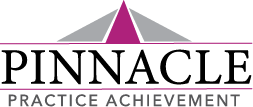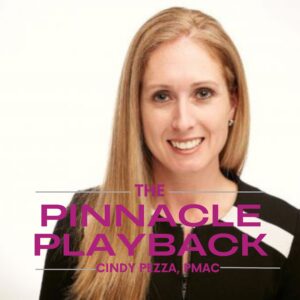Physician Burnout: Part I
Physician Burnout: Part I
For more than a decade now I have provided lectures (both in person and virtually) to thousands of podiatric professionals. Topics have varied greatly from finding and keeping good staff, increasing office efficiency, and developing structured policies and protocols, to coding and compliance changes, managing payables and receivables, effective marketing strategies, and practicing, surviving, and thriving in the COVID era. And because so many doctors share their inner most professional and personal dilemmas with me, I more recently incorporated topics that hit “closer to home” where I discuss the internal struggles of balancing practice and home life, working alongside your spouse or partner without bringing the practice to the dinner table, and recognizing the fine line between optimal productivity and burn out. Over the past few years, the latter mentioned topics have been in higher and higher demand. Allow me to explain why.
It is no secret that physicians now spend as much time with “desktop medicine” as they do face to face with patients (sometimes more). For many, this is a great source of emotional fatigue. Doctors who have been practicing long enough to remember connecting with patients while treating and then jotting down a few notes about the visit, seem to experience this more than those who “don’t know any better” (Electronic Health Records, when used optimally have the potential to improve patient care, but often at the expense of the provider).
EHRs (charting, patient portals, MIPS/MACRA, E-Rx, when the internet goes down) aren’t the only source of frustration though. In just the last decade major changes to insurance “coverage” leading to increased financial pressure and greater expectations regarding productivity, more stringent compliance requirements (patient privacy, cyber security, x-ray, DME, etc.), and an unprecedented level of scrutiny (in the form of pre and post payment audits and chart reviews/requests) have also contributed their fair share.
In the past, a higher volume of patients equated to increased income. Now, with some payers setting allowed amounts for commonly rendered services at insultingly low rates, and uninformed patients with soaring deductibles, this is no longer the case. If you don’t believe me and haven’t looked in a while, before you walk into the room with your next Hum&*& (you know the payer) patient, ask your biller to show you the EOBs from that patient’s last two visits. One of my doctors recently heeded my advice and was shocked to find that in the usual 20 minutes he spent debriding nails and listening to the same story as 10 weeks before, a whopping $21 would be generated. If it is your mission to “fill” your schedule, and these types of visits contribute to the majority, how will you keep the lights on?
If you are controlling the payer mix but still insist on treating 40+ patients a day, who is looking into eligibility and benefit details to determine coverage status, copay, co-insurance and deductible information? And who is relaying to each patient ahead of their visit what will be owed at the time of service per your financial policy? If these tasks are not being completed, you are playing a game of Russian Roulette (high rejection rates leading to increasingly old aging and ignored patient statements).
The argument I hear consistently from both doctors and staff members when I ask these types of questions is: “There isn’t enough time in the day to get everything done. We are short staffed as is, and our schedule is full.” Although legitimate, these arguments are usually quieted by a look at reports showing dollars charged versus collected and receivables from both payers and patients that are out of control. Quality over quantity has proven most effective for my practices over the last ten plus years and was made even more evident by the pandemic.
Okay, we have established the sources of frustration and possible burnout for physicians, and now you may be thinking, “What can I do about it?” The answer requires some investigation, possible restructuring and most definitely a shift in mindset. In subsequent segments of this article, I will discuss further, but for now, I suggest you begin by determining the chief complaint(s) of your practice and addressing the most pressing issues first. Throughout this process you will find that similar to many patient conditions, the primary reason for visit/chief complaint can cause compensation which leads to additional complaints. Ask yourself:
- Which tasks are not being completed or completed thoroughly (eligibility and benefit checks as mentioned above, monies owed at time of service not being collected)?
- Where are the bottlenecks (slowdowns at check in, check out, phone calls and messages being missed, high no show rates)?
- Are there members of your staff or managers performing tasks that are below their expertise level or pay grade (leading to higher level projects/tasks being neglected)?
- Could some of the menial yet time consuming tasks be delegated to others (either in your practice or remotely)?
- What are you doing as the physician every day that you could teach others to do or at least assist with?
- What caused these malfunctions and decreases in efficiency and how can we avoid or reduce recurrence (think about patients with biomechanical deficiencies causing pain and your recommended treatment plan for relief now/prevention in the future)?
You will most likely need assistance from seasoned staff members and managers to answer many of these questions. Be aware that once you “open the can of worms,” discoveries may be disheartening so it is important to take it slow, stay focused and think of the big picture. These are the first steps towards improving your practice and your quality of life.
Stay tuned for more. . .

